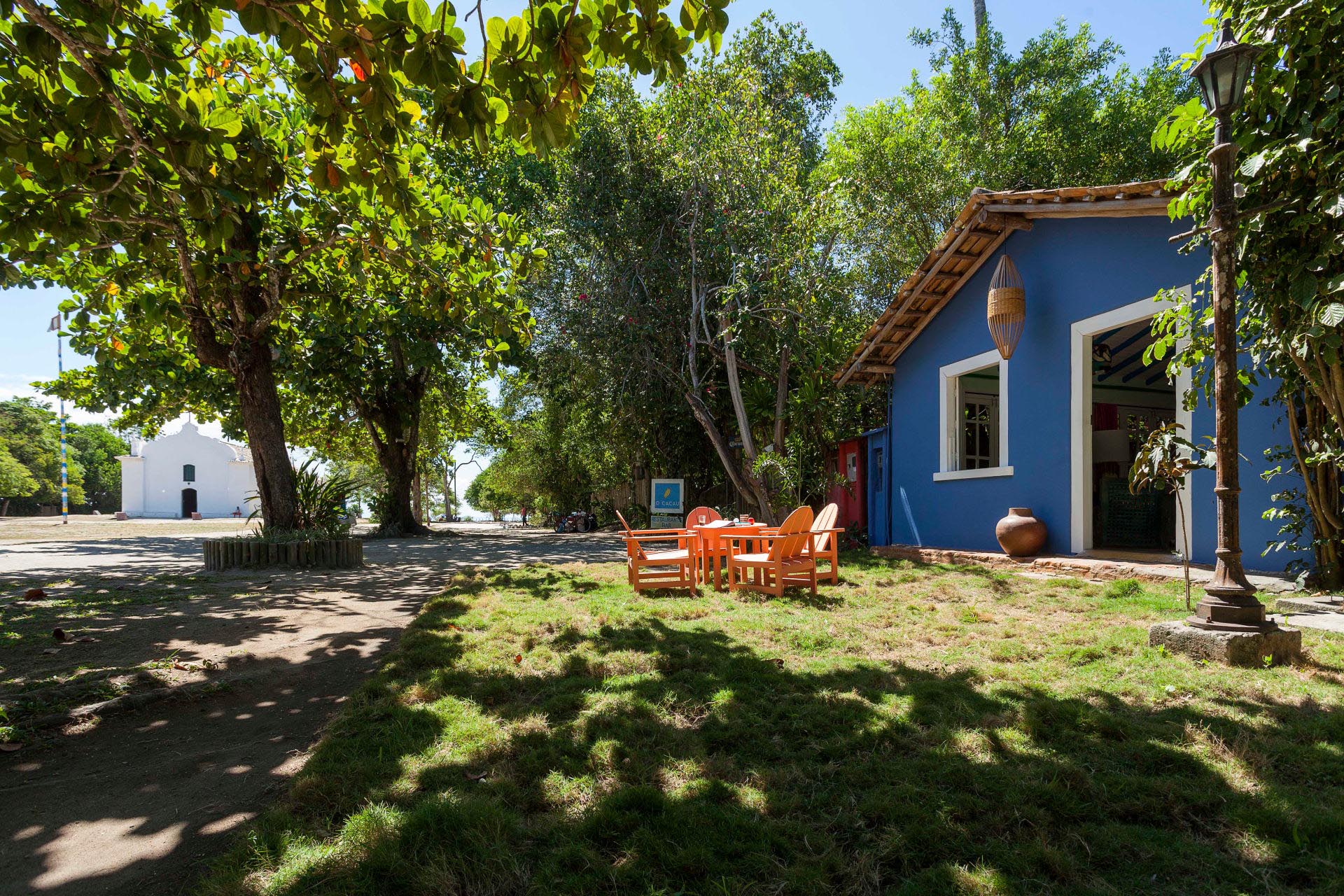
THE FINANCIAL TIMES
“Ricardo Salem, hippy-turned-architect who arrived in 1976, bought, he has been quoted as saying, “2 km of beach, about 300m deep, for the price of a Volkswagen Beetle”. He has since designed scores of elegant, low-rise villas – one of them, a three-bedroom, ocean-view property on Rio da Barra beach, is on the market for $1.554m through Karigan Residential Group.
The shift in Trancoso’s fortunes began 10 years ago, when the sleepy coastal village was discovered by a new wave of wealthy weekenders from São Paulo, soon followed by Europeans.
Surprisingly, however, little has changed in the laid-back way of life. Those foreigners who have built or purchased houses over the past 10 years are anxious to protect the low-key charm of Trancoso. “The balance between foreigners and locals is a very delicate one,” says Wilbert Das, designer and former creative director of the fashion label Diesel, who first visited the village in 2004, and five years later opened the Uxua hotel, comprising several old casas on the Quadrado, which Das restored. “We strongly believe it’s best for Trancoso to contain its ‘footprint’ to the original centre of town, and encourage historical restorations of property – though we would never buy homes which natives live in, or displace a native person.”
Nearby Terravista – considered Latin America’s most exclusive golf resort – has an irresistible allure.
A common trait of Trancoso’s wealthy newcomers is the sense of social responsibility towards the local people. “Each person who invests in Trancoso should actively contribute to its future in some way,” says Das, citing as an example the privately-funded ISHC School, his own support of numerous local projects, and the plans of Reinold Geiger (chief executive of L’Occitane) to build a hilltop amphitheatre for an annual classical music programme. João Roberto Marinho, one of the wealthiest individuals in Latin America and another resident, is also on the board for Geiger’s programme.
There is no electricity in the street, no motorised traffic around the square – not even house numbers, the homes being known by their colour. This is no place for a person in a hurry.”



